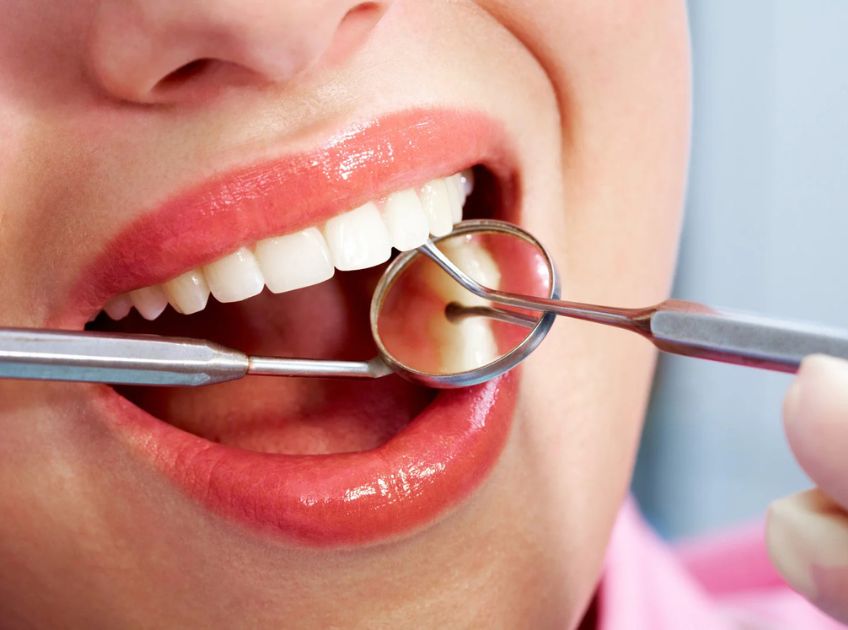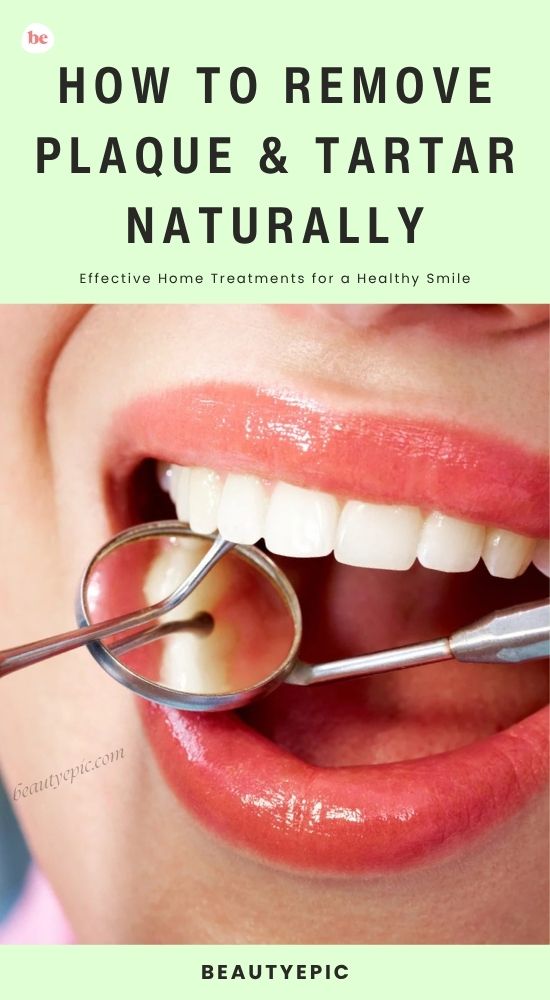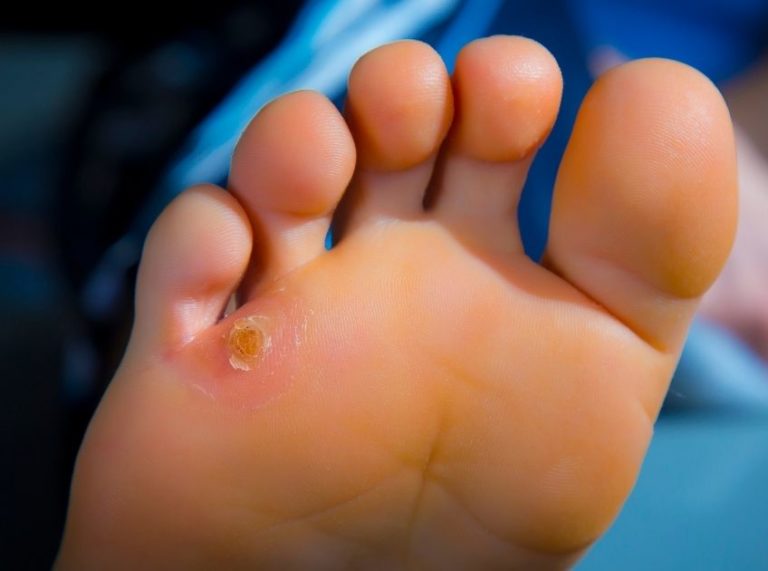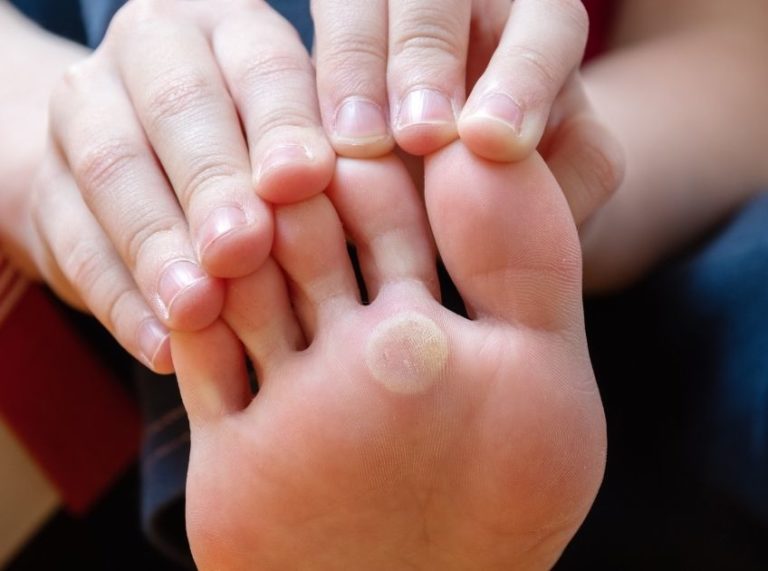
Important: This article is for informational purposes only. Please read our full disclaimer for more details.
When it comes to oral health, two common concerns are plaque and tartar. Both are often used interchangeably, but they are not the same. Plaque is a sticky, colorless film of bacteria that constantly forms on your teeth and gums. Left untreated, plaque hardens into tartar (also called calculus), which is much more difficult to remove. Both can lead to gum disease, cavities, and even tooth loss if ignored.
While professional dental cleaning is the most reliable method of removing tartar, there are safe home practices and remedies that can help reduce plaque buildup, minimize tartar formation, and maintain better oral hygiene between dental visits.
What Is Plaque and How Does It Form?
Plaque forms when bacteria in the mouth mix with food particles and saliva (1). Every time you eat, especially sugary or starchy foods, the bacteria release acids that attack tooth enamel. This thin film of plaque begins to build up within hours of eating.
If plaque is not removed daily through brushing and flossing, it hardens into tartar within 24 to 72 hours. Unlike plaque, tartar is porous and traps stains, making teeth look yellow or brown. Tartar can only be fully removed by a dentist or dental hygienist, but reducing plaque at home is the best way to prevent it from turning into tartar in the first place.
How to Remove Plaque and Minimize Tartar at Home: Step-by-Step Process
Although tartar itself cannot be completely eliminated without professional care, these home treatments are scientifically backed for reducing plaque and slowing down tartar buildup.
Step 1: Start with Brushing Twice Daily
- Wet your toothbrush and apply a pea-sized amount of fluoride toothpaste.
- Place the brush at a 45-degree angle to your gumline.
- Brush in small circular motions, covering all surfaces: front, back, and chewing surfaces.
- Continue for at least two minutes, morning and night.
- Rinse thoroughly with water.
Benefit: Fluoride strengthens enamel and regular brushing removes soft plaque before it hardens into tartar.
Step 2: Floss Once a Day
- Take about 18 inches of floss and wind most of it around your middle fingers, leaving 1–2 inches to work with.
- Gently slide the floss between two teeth, curve it around one tooth, and move it up and down.
- Repeat the process for each tooth, including the back molars.
- Use a clean section of floss each time.
Benefit: Reaches plaque and food particles in areas a toothbrush cannot, particularly between teeth and under the gumline.
Step 3: Add Baking Soda for Extra Cleaning (1–2 Times Weekly)
- Dampen your toothbrush and dip it into a small amount of baking soda.
- Gently brush your teeth for one to two minutes.
- Spit and rinse thoroughly with water.
Benefit: Baking soda is mildly abrasive, helping to scrub away surface plaque and stains without damaging enamel when used in moderation.
Step 4: Try Oil Pulling for Additional Bacteria Control
- Take one tablespoon of coconut or sesame oil.
- Swish the oil gently in your mouth for 10–15 minutes.
- Do not swallow the oil; spit it out in a trash bin (not the sink, as oil can clog drains).
- Rinse your mouth with warm water and brush your teeth afterward.
Benefit: Reduces harmful bacteria like Streptococcus mutans that contribute to plaque buildup and bad breath.
Step 5: Rinse with Antibacterial Mouthwash
- Pour the recommended amount of mouthwash (usually 20 ml) into a cup.
- Swish it around your mouth for 30 seconds.
- Spit it out—do not swallow.
Benefit: Kills bacteria left after brushing and flossing, freshens breath, and helps prevent plaque from reforming.
Step 6: Snack Smart with Raw Fruits and Vegetables
- Incorporate crunchy produce like apples, carrots, and celery into your daily diet.
- Chew slowly to allow the natural fibers to scrub your teeth.
- Follow with water to rinse away food particles.
Benefit: Increases saliva production, which neutralizes acids and helps wash away plaque-forming bacteria.
Step 7: Stay Hydrated Throughout the Day
- Drink water after every meal or snack.
- Swish a small amount of water around your mouth if brushing isn’t possible.
Benefit: Prevents dry mouth, helps rinse away sugars and acids, and reduces plaque buildup.
Step 8: Limit Sugary and Starchy Foods
- Avoid frequent snacking on candy, soda, chips, and white bread.
- Opt for healthier alternatives like nuts, cheese, and vegetables.
Benefit: Reduces the fuel bacteria need to produce enamel-damaging acids, lowering plaque and tartar risk.
Preventing Plaque and Tartar: Long-Term Strategies for Oral Health
Consistent oral care is the most effective way to prevent tartar buildup. Here are preventive strategies to adopt:
- Brush at least twice a day and floss once daily.
- Replace your toothbrush every three to four months or sooner if the bristles fray.
- Choose an electric toothbrush, which has been shown to remove more plaque compared to manual brushing.
- Visit your dentist every six months for a professional cleaning. Regular check-ups ensure tartar is removed before it causes serious problems like gum disease.
Lifestyle choices also play a role. Smoking and tobacco use increase tartar buildup, gum disease, and staining. Quitting tobacco not only improves oral health but also reduces the risk of oral cancer.
The Science Behind These Remedies
Several studies support the role of home treatments in reducing plaque:
- A 2017 systematic review in the Journal of Clinical Dentistry confirmed that baking soda toothpastes significantly reduce plaque and gingivitis compared to non-baking soda alternatives (2).
- A study published in the Journal of Ayurveda and Integrative Medicine (2016) reported that oil pulling with coconut oil reduced Streptococcus mutans levels after just one week of practice (3).
- Research in the American Journal of Dentistry (2014) found that powered (electric) toothbrushes are more effective than manual brushes at reducing plaque and gingivitis over both short- and long-term use (4)(5).
These findings suggest that while no home remedy can substitute for professional dental cleanings, adopting these practices reduces plaque and helps maintain healthy gums and teeth between visits.
Frequently Asked Questions (FAQ’S)
Q1. Can I remove tartar at home without visiting the dentist?
A. No. Once plaque hardens into tartar, only a dentist or hygienist can safely remove it. Home treatments can reduce plaque and slow tartar buildup but cannot eliminate hardened tartar.
Q2. How often should I use baking soda for brushing?
A. Baking soda can be used once or twice a week for stain and plaque reduction. Overuse may wear down enamel, so it should supplement—not replace—fluoride toothpaste.
Q3. Is oil pulling a proven treatment for plaque removal?
A. Oil pulling may help reduce bacteria in the mouth and lower plaque levels, but it should never replace brushing, flossing, and professional dental care. It works best as a complementary practice.
Plaque and tartar are common but preventable oral health concerns. Daily brushing, flossing, and the use of supportive remedies like baking soda, oil pulling, and antibacterial rinses can reduce plaque and keep tartar formation at bay. However, tartar that has already formed must be removed by a dental professional. Combining consistent home care with regular dental check-ups is the most effective way to maintain a healthy, bright smile for life.
















